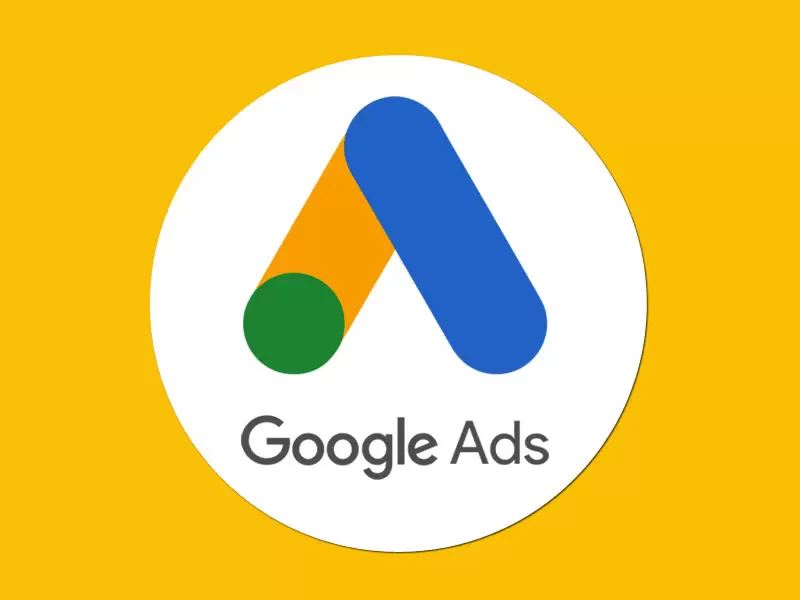Google’s decision to open up debt services ads in Ireland, effective July 15, 2025, is more than a policy update—it’s a signal flare for the entire financial marketing sector. By requiring all debt service advertisers to pass a rigorous financial services verification process, Google is not just expanding its market reach; it’s setting a new bar for compliance, transparency, and consumer protection in a digital world where financial scams can spread as quickly as a click.
Why This Matters: Consumer Protection and Regulatory Alignment
Let’s face it: the digital advertising space for financial services has been a breeding ground for both legitimate providers and bad actors. Ireland, with its robust regulatory framework under the Central Bank of Ireland, has historically kept a tight lid on who can offer debt services to consumers. Google’s move is a direct response to the growing need to protect consumers from misleading or outright fraudulent financial ads, while also giving reputable debt management and settlement firms a legitimate channel to reach those who need help most.
The urgency comes from two fronts: rising consumer debt levels and the increasing sophistication of online financial scams. Google’s new rules ensure that only those advertisers who can prove regulatory compliance get access to the Irish market, aligning with the Central Bank’s own focus on consumer protection and market integrity.
Unified Financial Services Verification
Here’s the thing: up until now, debt services advertising on Google was a patchwork across different countries, each with its own certification quirks. Starting July 15, 2025, Ireland joins ten other countries where Google’s unified Financial Services verification program is mandatory for debt settlement and debt management ads.
Advertisers must apply through G2, Google’s external compliance partner, and provide proof of regulatory authorization—or, if legally exempt, demonstrate why. This isn’t just a box-ticking exercise: the business details must exactly match the official registry, and any mismatch can lead to immediate rejection.
The process is clear:
- Only authorized representatives—such as agencies or subsidiaries managing Google Ads accounts—can submit applications.
- Advertisers are notified by Google when verification is needed, but can also initiate the process themselves.
- G2 reviews the application, checks licensing and compliance documentation, and issues a unique code if approved. This code is then required to activate ads targeting Irish users seeking debt services.
Navigating the New Landscape
For debt service providers, the biggest challenge is the documentation gauntlet. Every detail—from company name to registration number—must match the Central Bank of Ireland’s records, or the application gets bounced. For agencies managing multiple clients, this means a painstaking review of all client data before submitting to G2.
There’s also the matter of exemptions. Some advertisers, such as educational institutions or law firms, may not offer financial services directly but still want to target users seeking debt advice. These groups can apply for exemptions, but must justify their case with supporting evidence.
The upside? This process weeds out fly-by-night operators and levels the playing field for legitimate firms. It also builds consumer trust, which is gold in a sector where reputation is everything.
Market Trends : The Shift Toward Verified Advertising
Google’s new policy isn’t happening in a vacuum. Financial regulators worldwide are tightening the screws on digital advertising, prompted by the rise of social media scams and the ease of cross-border marketing. The move echoes similar requirements in the UK, Australia, and the US, where advertisers must prove regulatory status before running financial ads.
The trend is clear: platforms are moving toward a verification-first model, not just for debt services but for all high-risk financial products. Expect other tech giants to follow suit, especially as regulators like the European Banking Authority and Central Bank of Ireland continue to push for more transparency and accountability in financial marketing.
Benefits and Business Impact:
For companies, the new rules mean a shot at reaching Irish consumers in a trusted, regulated environment—provided they can clear the compliance hurdle. The process may be rigorous, but it also signals to potential clients that the advertiser is legitimate and accountable. That’s a competitive edge in a crowded market.
For consumers, the impact is even bigger. They get peace of mind knowing that any debt service ad they see on Google has passed regulatory muster. This is especially critical given the emotional and financial vulnerability of people seeking debt help.
Who Gets Impacted:
The ripple effects touch a range of roles:
- Compliance Officers: Must ensure all regulatory documentation is up-to-date and matches public records.
- Marketing Teams: Need to coordinate closely with compliance to prepare applications and avoid delays.
- Agencies: Acting as authorized representatives, agencies must manage multiple client applications and ensure accuracy.
- IT and Data Teams: Responsible for maintaining accurate business records and supporting the verification process.
Examples
Imagine a debt management firm in Dublin wanting to launch a Google Ads campaign. Here’s how the process works:
- The firm gathers all regulatory documents—Central Bank license, company registration, and compliance policies.
- The marketing agency, acting as the authorized representative, submits the application via G2, ensuring every detail matches the registry.
- Within five days, G2 responds. If approved, the firm receives a unique code, which is then entered into Google Ads to activate campaigns targeting Irish users.
If the firm’s details don’t match, or if the license is out of date, the application is rejected, and the firm must resolve discrepancies before reapplying.
Google’s move in Ireland is likely just the beginning. As digital advertising becomes the primary channel for financial services marketing, expect more platforms to adopt similar verification-first models. Regulatory bodies will continue to push for higher standards, and firms that invest in robust compliance processes will be best positioned to thrive.
Google’s financial services verification requirement for debt services advertising in Ireland raises the bar for compliance, transparency, and consumer protection. By aligning with the Central Bank of Ireland’s standards and global regulatory trends, Google is helping to build a safer, more trustworthy digital marketplace for both businesses and consumers. Companies that embrace these changes will not only avoid regulatory pitfalls but also gain a valuable edge in a market where trust is everything.


